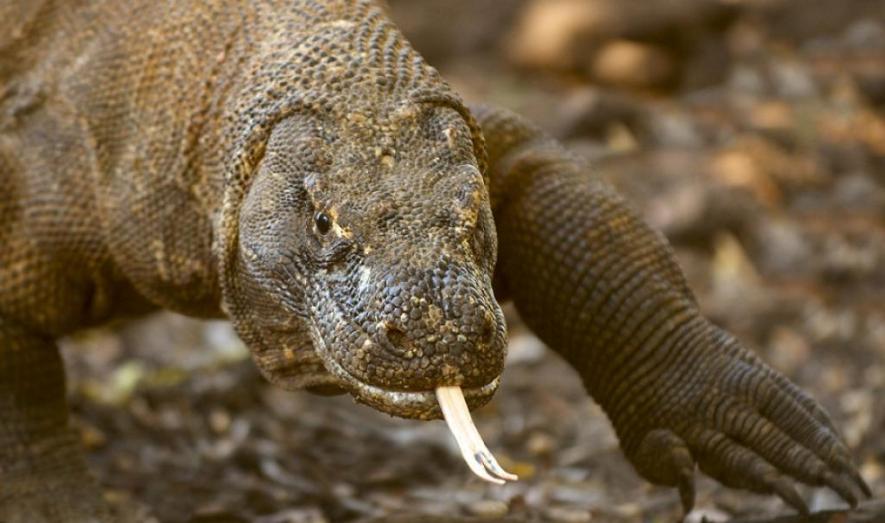Over 900 Species Extinct, Komodo Dragon Declared Endangered

Image Courtesy: Wikimedia Commons
More than 900 species have been declared extinct by the International Union for Conservation of Nature (IUCN), an international body that profiles the most endangered species and publishes them in its Red List.
According to IUCN’s updated Red List, brought out at the World Conservation Congress in Marseille, France, on September 4, 38,543 (30%) of the 138,374 species face the danger of becoming extinct.
Along with 80 species extinct in the wild, 8,404 species are ‘critically endangered’, 14,647 ‘endangered’, 15,492 ‘vulnerable and 8,127 ‘near threatened’. However, IUCN’s profiling suggests that 71,148 species are of least concern, meaning their populations are stable in nature.
The shark is one of the species facing the danger of extinction due to overhunting. The Komodo dragon of Indonesia, the largest lizard in the world, has been categorised as ‘endangered’. Kombodo dragons are found only at the Komodo National Park in Indonesia, which is also a UNSECO World Heritage Site.
Human activities are the main reason for pushing many of the species to the verge of extinction. Habitat loss, overexploitation and illegal trade have severely reduced the global wildlife population for decades. Besides, climate change has further exacerbated the situation by becoming a direct threat to wildlife.
The IUCN said that the disappearance of species, coupled with the destruction of ecosystems, is no lesser an existential threat than global warming. Climate change is a grave danger to many species, especially endemic unique flora and fauna in some particular biodiversity hotspots and on small islands. For example, the Komodo dragon is “increasingly threatened by the impact of climate change, according to the IUCN. The rise in sea levels is going to shrink the tiny habitat of this unique species by as much as 30% over the next 45 years.
The Komodo National Park may not be sufficient to protect the species in the future as human activities are increasing on the fringes. “The idea that these prehistoric animals have moved one step closer to extinction partly due to climate change is terrifying,” Andrew Terry, conservation director, Zoological Society of London, was quoted as saying. “Their decline is a clarion call for nature to be placed at the heart of all decision-making at the crunch October 31-November 12 UN climate talks in Glasgow.”
The status of Rays, a marine species along with the shark, is also an alarming concern. The latest IUCN update, which is the most comprehensive survey of sharks and Rays ever undertaken, revealed that 37% out of the 1,200 species are facing extinction.
Get the latest reports & analysis with people's perspective on Protests, movements & deep analytical videos, discussions of the current affairs in your Telegram app. Subscribe to NewsClick's Telegram channel & get Real-Time updates on stories, as they get published on our website.
























